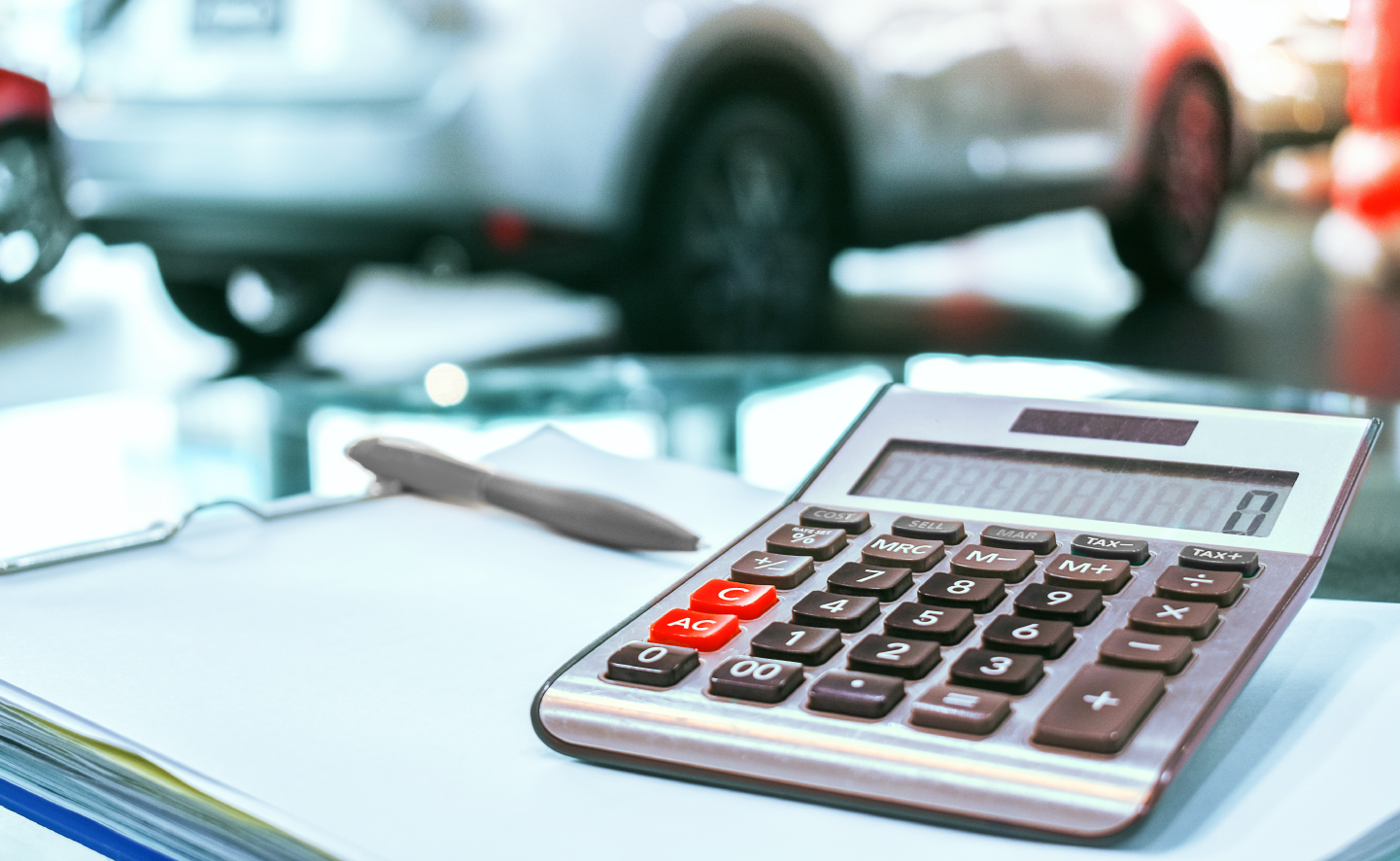You found the vehicle of your dreams and the dealer offered you what you think is a fair amount for your trade. So, now what?
If you own your trade-in vehicle (you’ve completed any loan or lease contract that you may have had), it is important that you have your title with you when you go to the dealership. Then, you can sign it over at the time you sign the paperwork for your new vehicle.
In most cases, though, when someone decides to trade in a vehicle, they still owe money on a lease or loan. Then, the dealer will go through a few more steps, such as getting account and payoff information, creating additional forms to sign, etc.
Obtaining the payoff information

When your trade-in vehicle has a loan that must be paid off, the dealer will call your lender to get the amount needed to bring it to a zero balance. They may also ask for other information, such as your account number and the lender’s mailing address. This will help to make sure the money is applied to the correct account.
If you have a billing statement or a coupon book, it’s a good idea to take that to the dealership with you so you have some of the information they may need.
How is your payoff calculated?
A standard payoff consists of the principal balance that is owed, plus interest, as well as any fees or other charges that may apply. Typically, dealers will require a 10-day payoff when you trade a vehicle. This allows them time to finish the paperwork and get the payoff check to the lender.
If you call to request a payoff or log in to your online account to view your payoff, most lenders will provide a 10-day payoff, which includes today’s balance plus 10 days of daily interest. You can also request a 20-day payoff or ask for the daily interest amount, or “per diem,” so you can calculate it yourself.

For example, let’s say Anita Carr wanted to trade her 2016 Dodge Journey. She called to get her 10-day payoff and her lender told her it was $2,345.67. But, she wanted to know her daily interest (her per diem), just in case the dealership wanted a 20-day payoff.
So, Anita asked her lender for her per diem, which was $0.76 per day. In doing so, Anita could easily calculate her 20-day payoff on her own, by adding 10 days of interest onto the 10-day payoff:
10-day payoff = 2,345.67
10 days @ 0.76 per day = 7.60
2,345.67 + 7.60 = $2,353.27
Anita’s 20-day payoff is $2,353.27.
Someone from the dealership will likely call your lender to verify the payoff information. But it’s also a good idea to call yourself, before you go to the dealership. Then, like Anita in the example above, you have a good idea of exactly what you owe before you even start shopping for your next vehicle.
What additional documents are needed?
The forms needed to trade in your vehicle will vary depending on the state in which the vehicle is titled and registered. The dealership may have other requirements as well.
You should understand your responsibilities when trading in your vehicle, so if there is a form that you find confusing, make sure you ask questions before signing.

During the payoff process
Once the deal for your new vehicle is done, the dealer will send payment to your lender in order to pay off your trade-in vehicle. The check will be issued for the agreed-upon amount on your contract.
It’s your responsibility to make sure your account reaches a zero balance. This means:
If you have a payment due during the time the dealer is processing the payoff of your vehicle, you are responsible for making that payment. If your lender receives payment that is for more than the amount owed on your account, they will issue a refund. In the meantime, it’s important that you make your regular payment on, or before, the due date.
If there is a delay in your lender getting the dealer’s payoff check for ANY reason (including, but not limited to, mail delays, lost checks, funding delays on your new vehicle, paperwork errors, etc.), you are responsible for a payment (or payments) that may be due until the payoff check reaches the lender and can be applied, as well as additional interest that adds up during the delay.
While it’s not required, it is a good idea to follow-up with your lender a few days after you’ve traded in your vehicle, to see if they’ve received the payoff. If they haven’t, you can let them know that you did trade in your vehicle and the name of the dealership who will be sending the payoff.
In addition, you should contact the dealer for an update on whether they have sent the payoff amount. If they have not, ask when they expect to do so.
Final steps

If you haven’t already done so, consider things like removing the traded vehicle from your toll tag account and following up with the DMV to see what, if anything, you need to do to remove your name from the vehicle’s title and registration.
Once your account has reached a zero balance, your lender will release the lien and forward the title paperwork to the dealership. And you can ride off into the sunset, enjoying your new vehicle.


